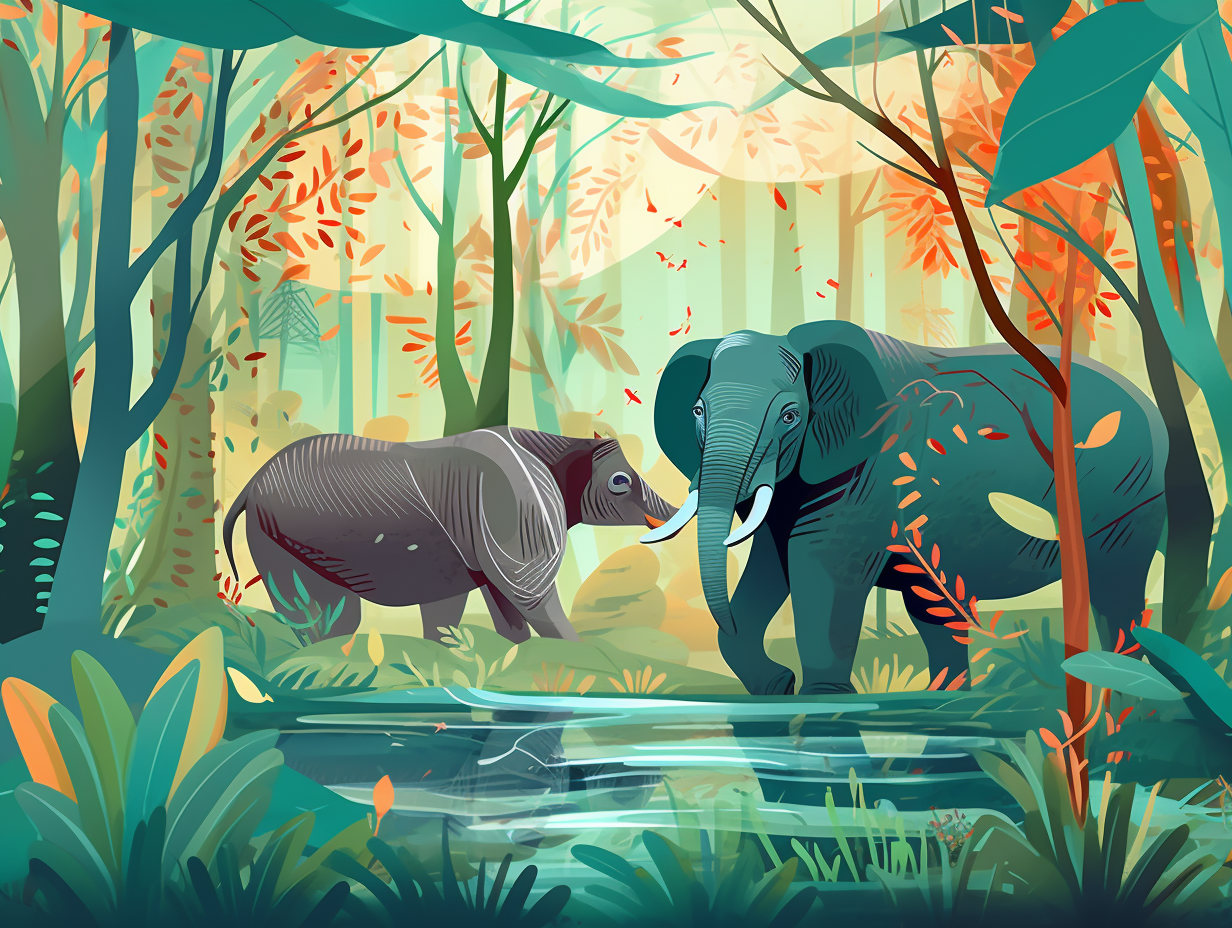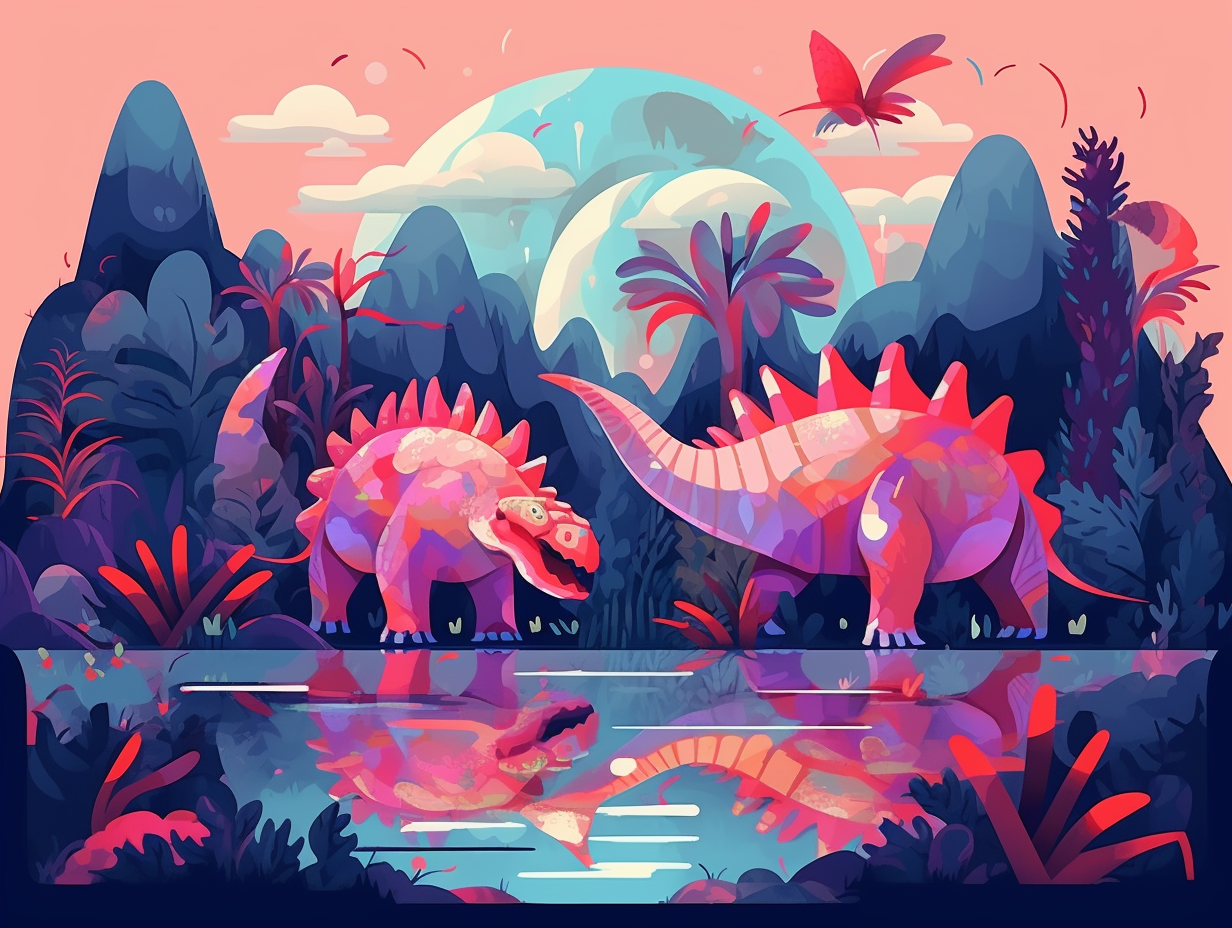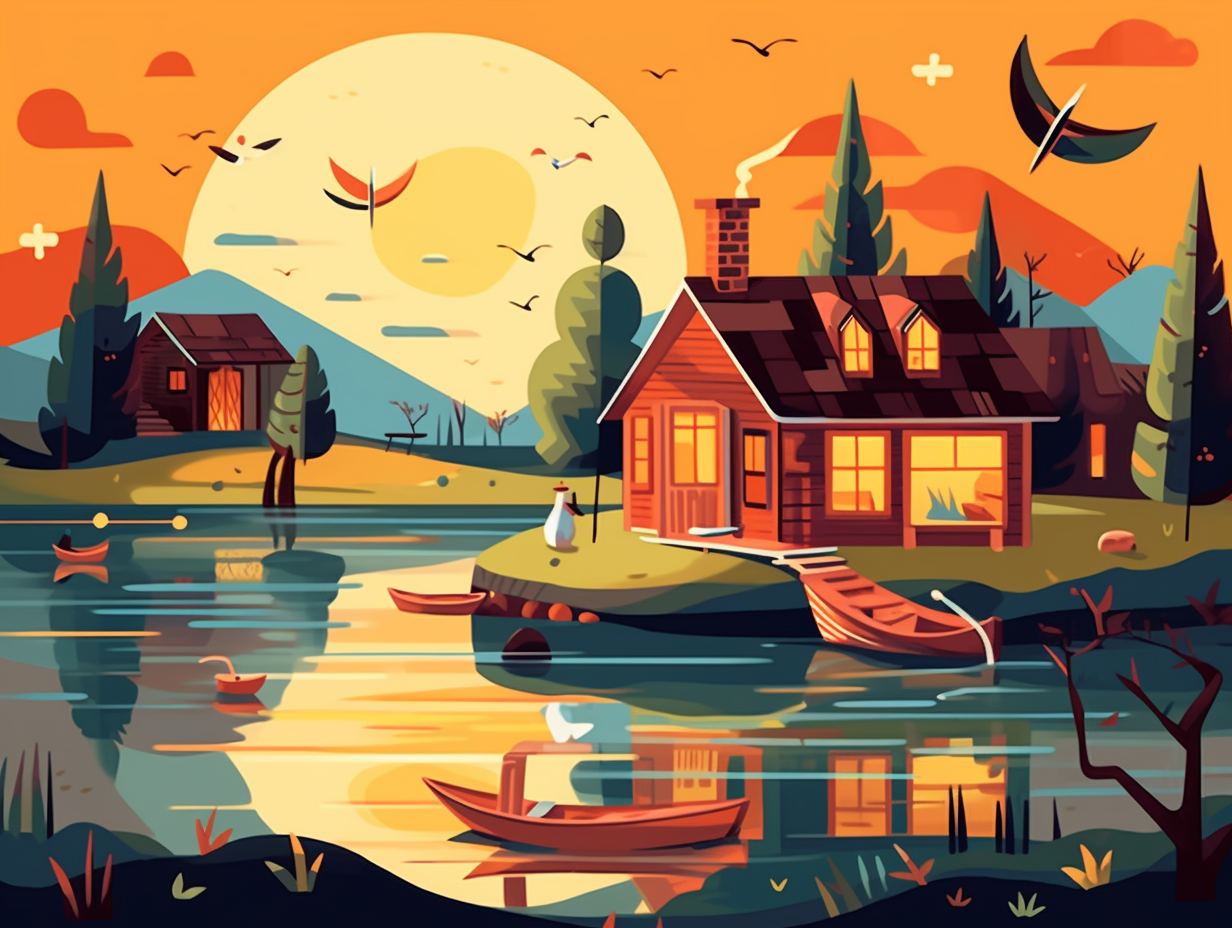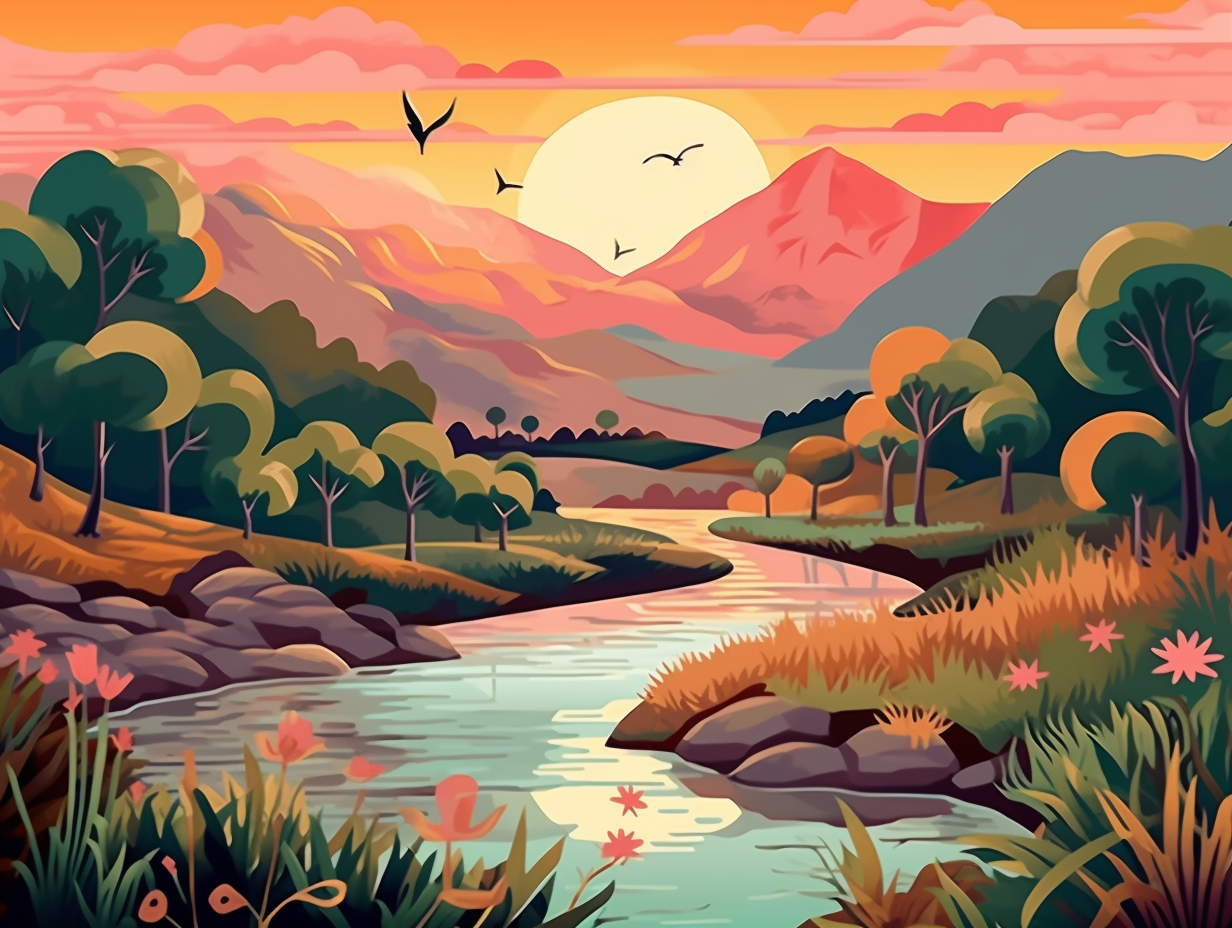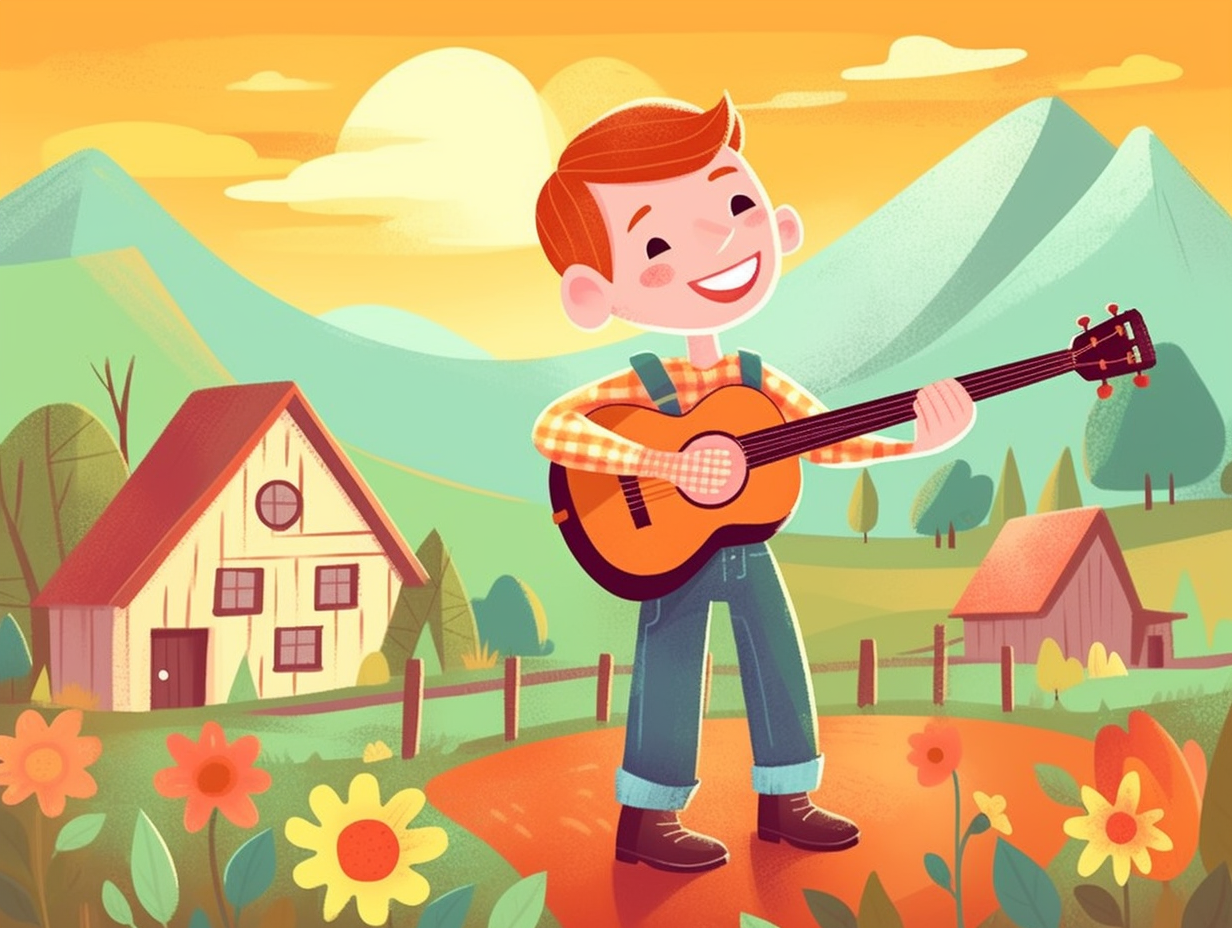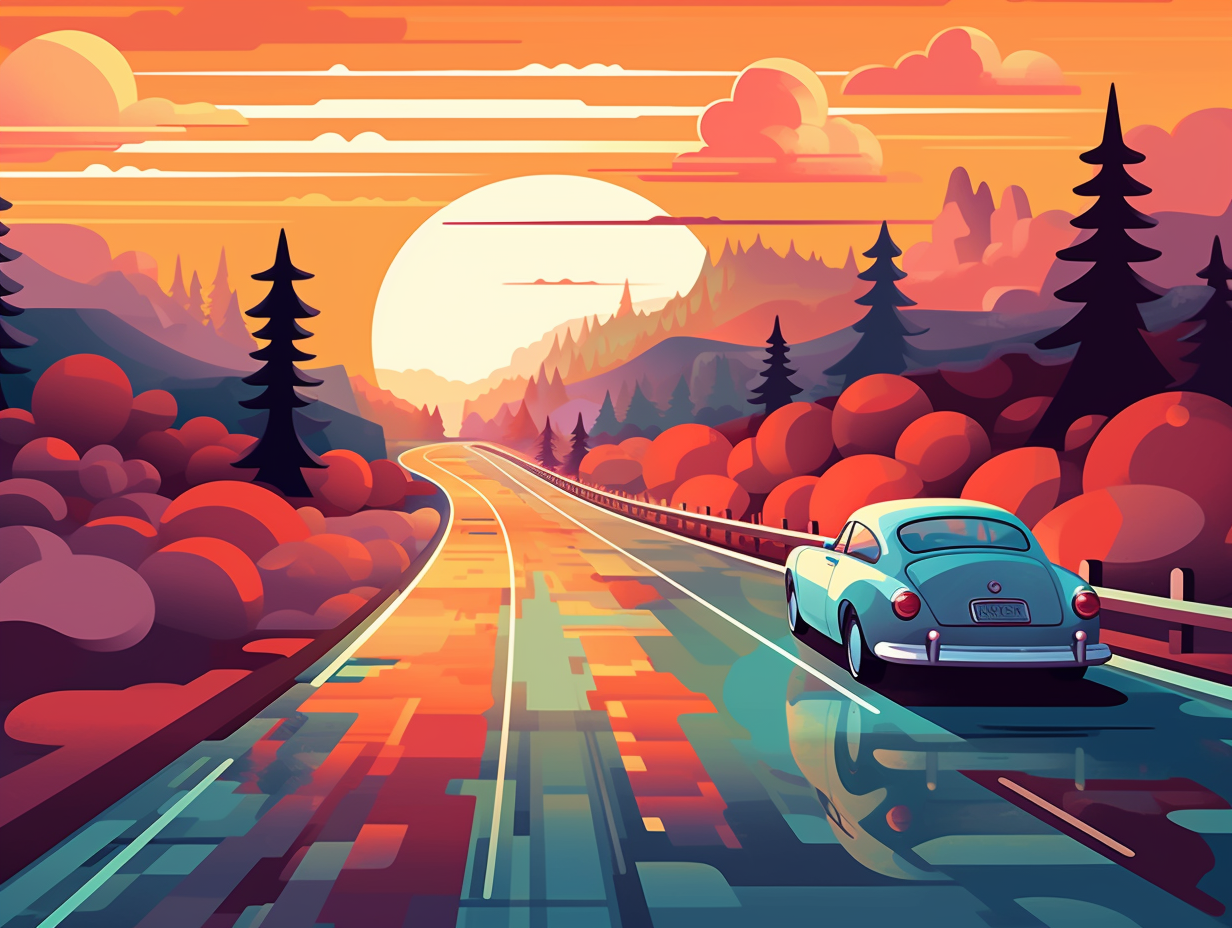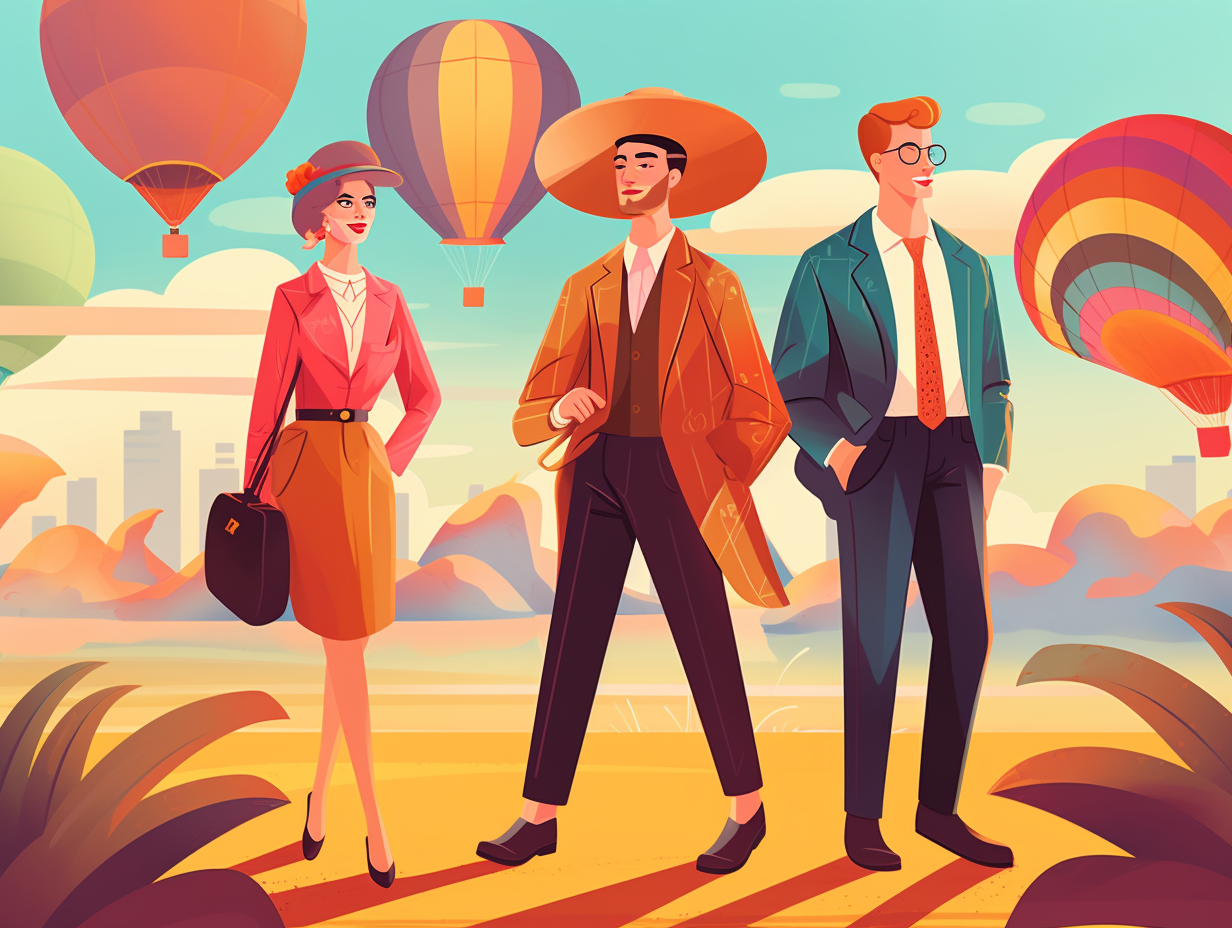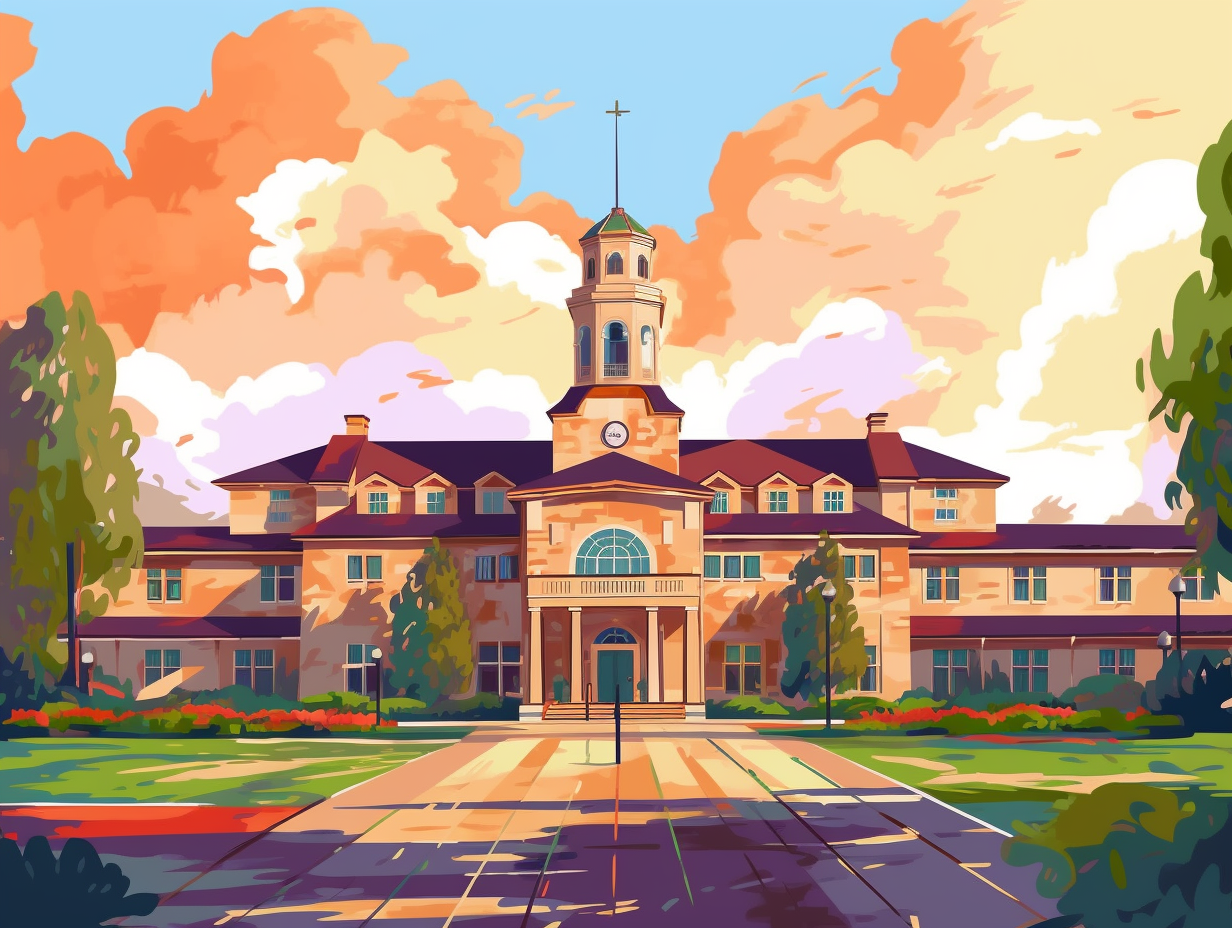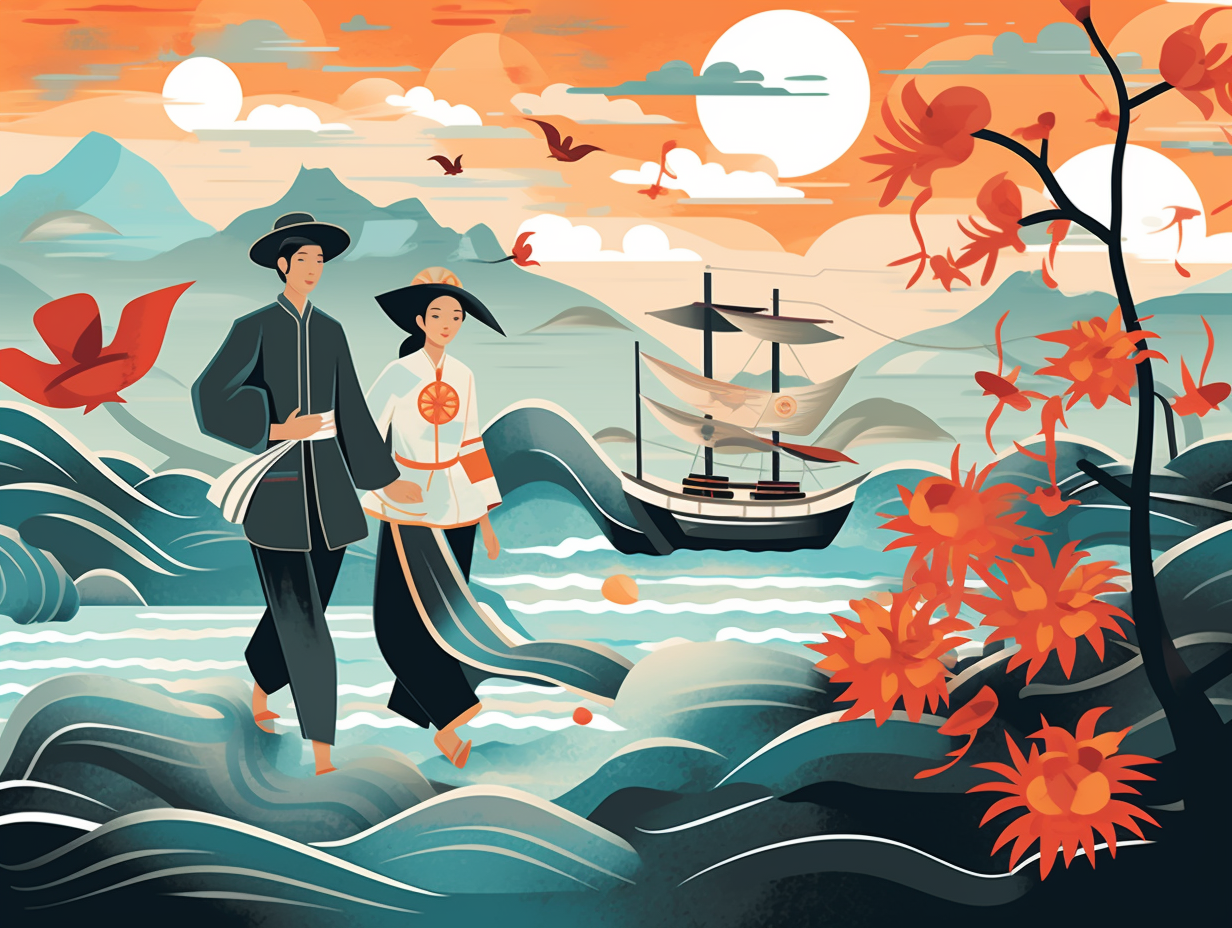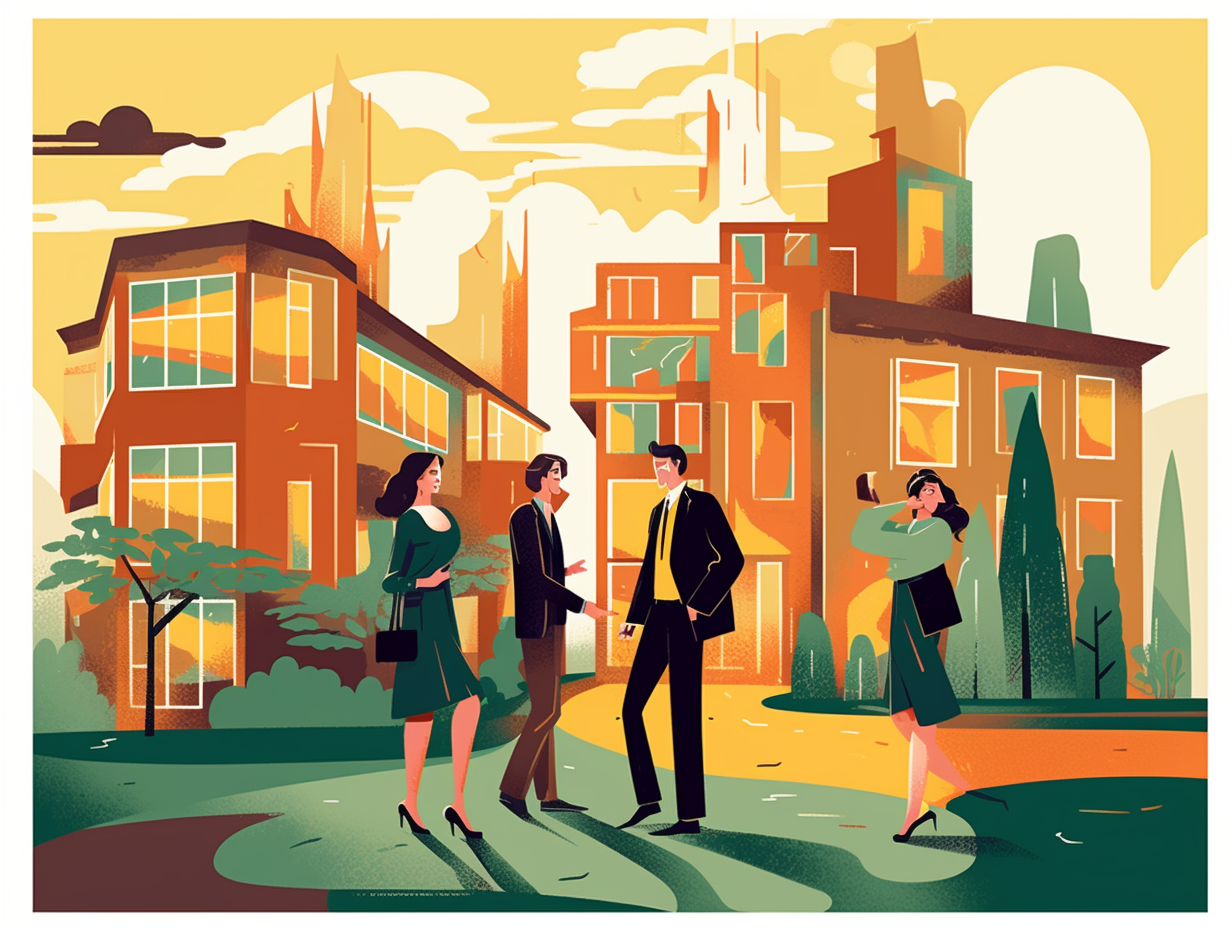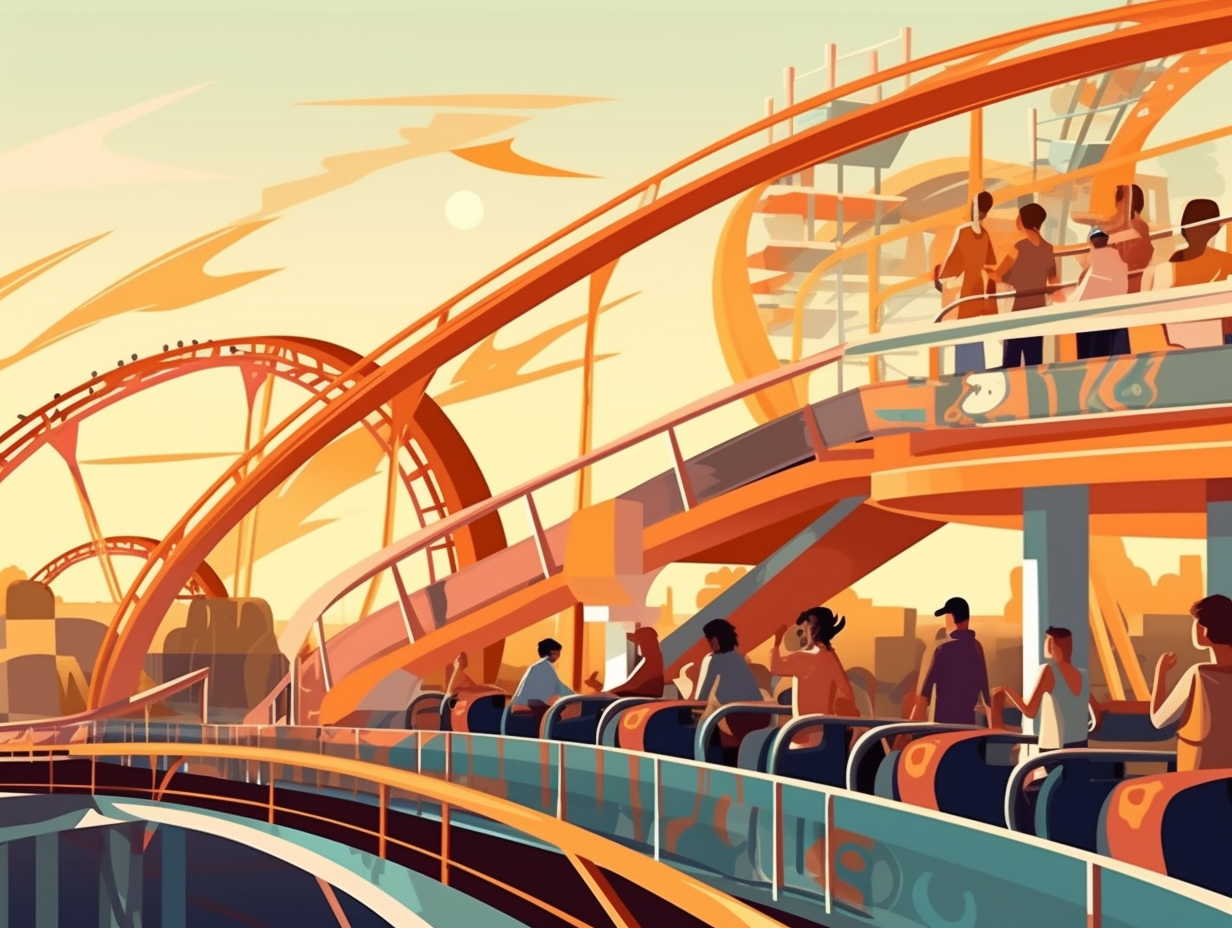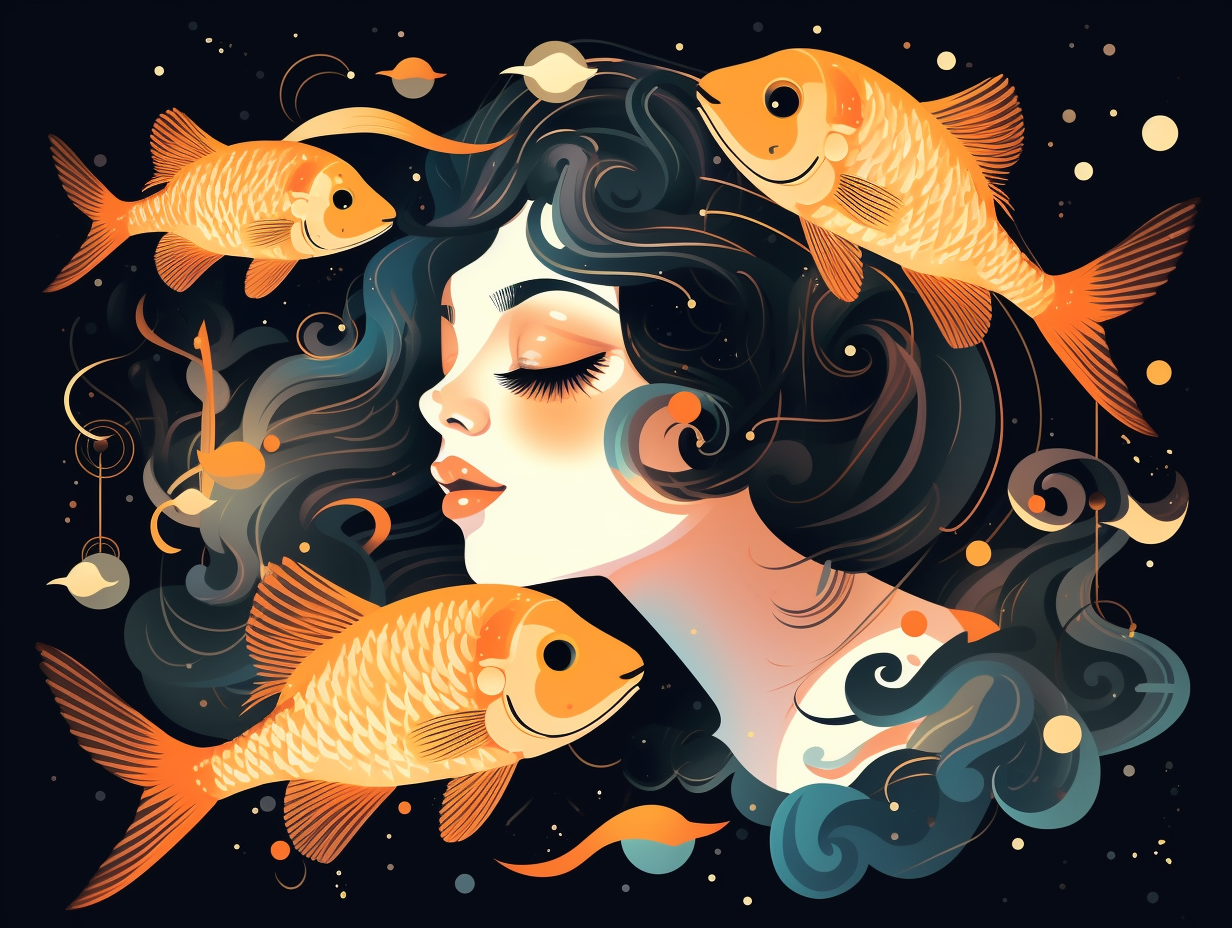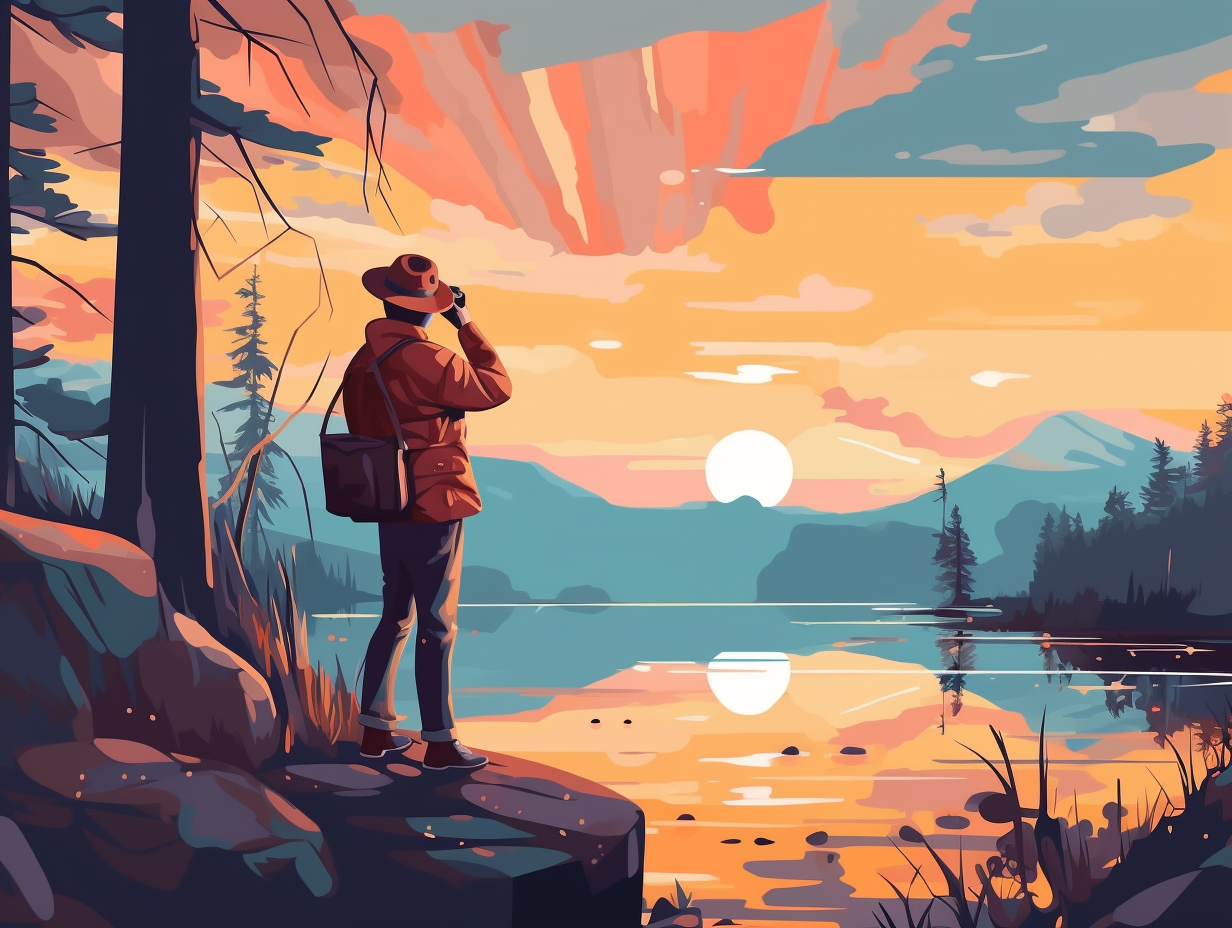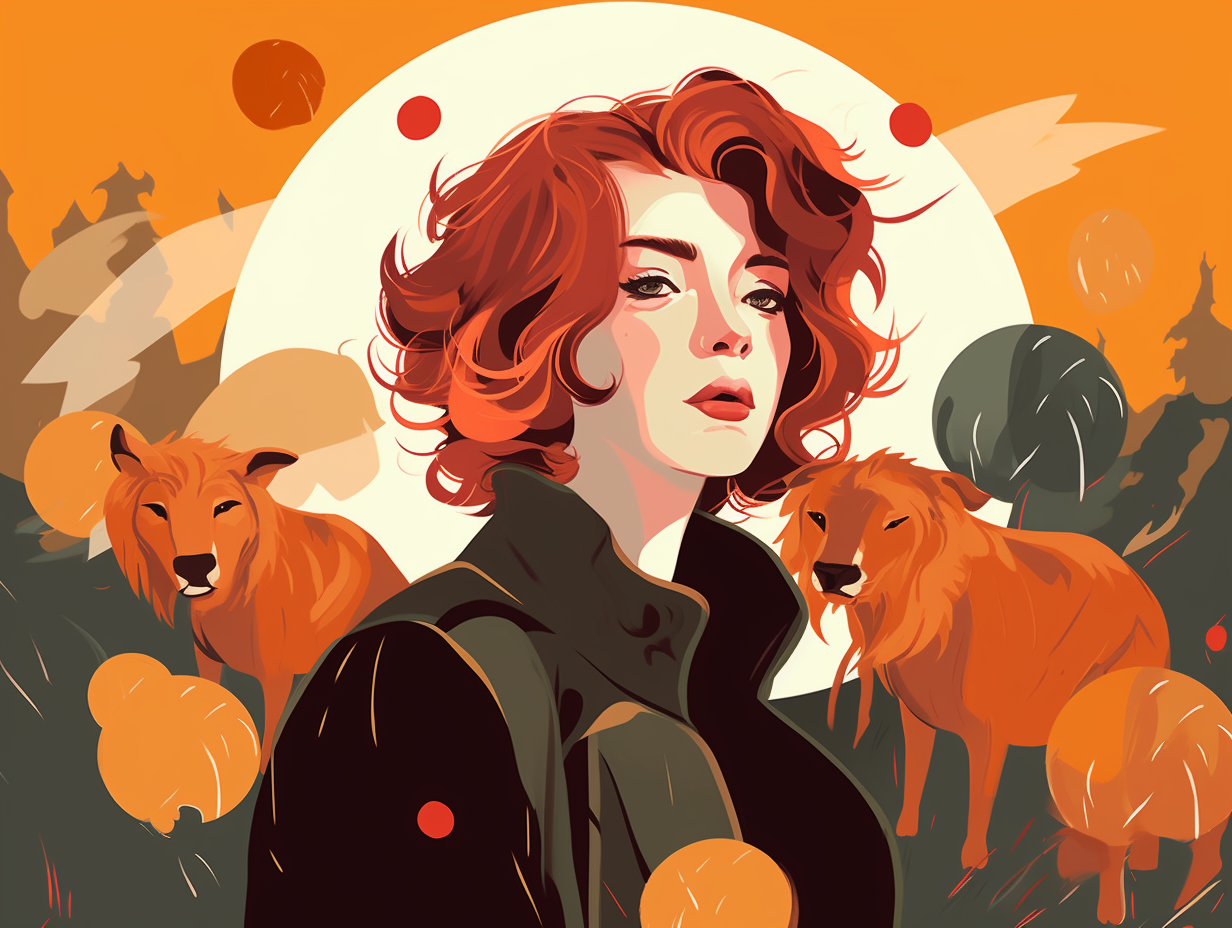Discover the Magic of Blue: Top 11 Intriguing and Fun Facts About the World's Most Popular Color
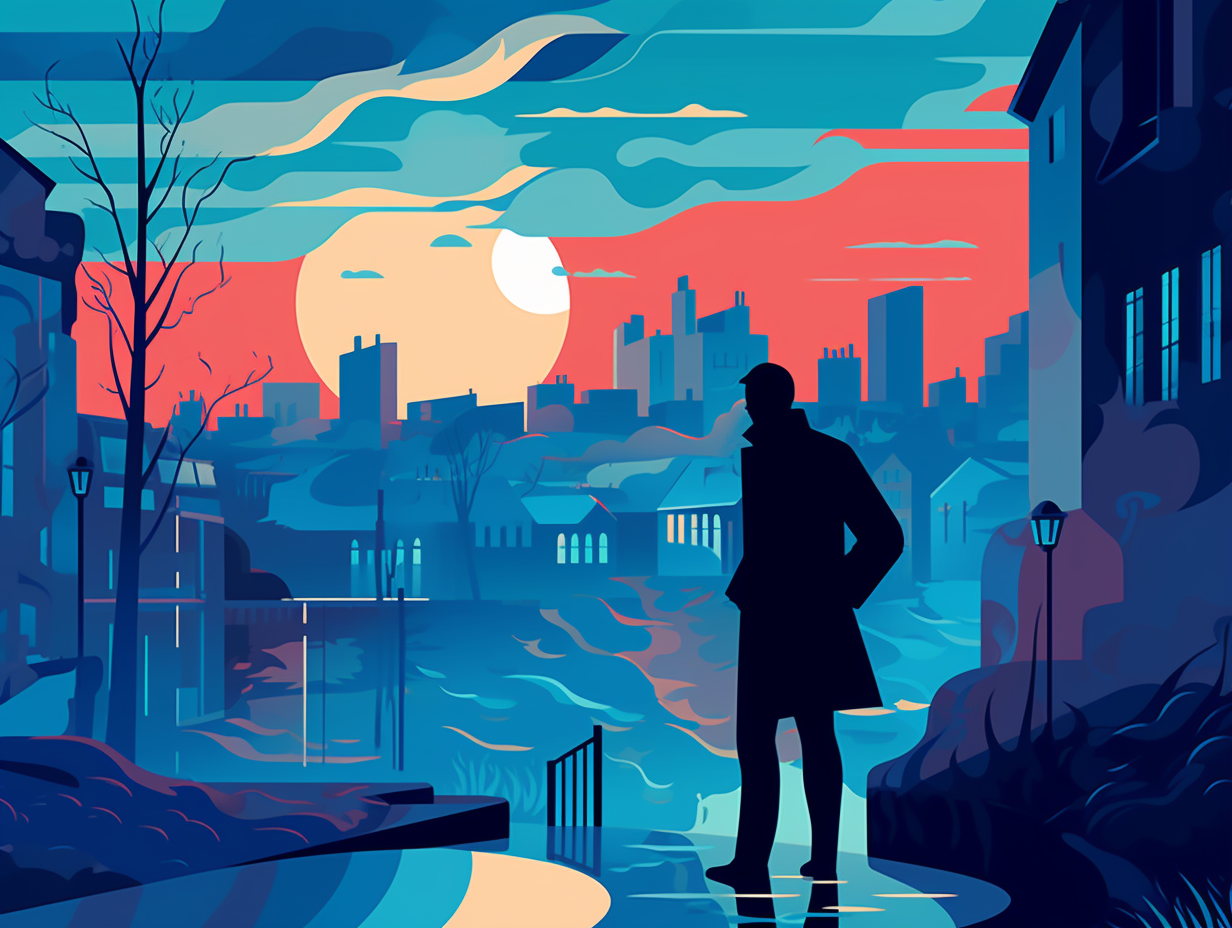
1. Dutch Carrot Color Crime
Feeling blue over your boring orange carrots? Thank the Dutch for that culinary crime against color: In reality, carrots were originally yellow, white, or purple until Dutch growers in the 16th century cultivated orange varieties as a tribute to William of Orange, transforming them from vibrant veggies to the standard snack we know today.
Source => washingtonpost.com
2. Egyptian Blue Royalty
Feeling blue? Thank the Ancient Egyptians for their divine intervention in the world of color: They crafted the exquisite Egyptian blue pigment for depicting gods and royalty by heating a blend of calcium, copper compounds, and quartz, which later adorned tombs, paintings, and statues, and now finds potential applications in biomedical imaging and security ink technology.
Source => edu.rsc.org

Discover the surprising spa-like relationship between birds and ants! Over 200 bird species use ants for their natural exfoliation and parasite-fighting skills, leading to a unique, mutually beneficial interaction. Curious? Dive into this unexpected love story!
=> Fun Facts about Nature
3. Chinese Blue Luck
Who says feeling blue always has to be a bad thing? In China, it could mean your luck is about to skyrocket to skyscraping levels: The color blue symbolizes luck, life, health, prosperity, wisdom, harmony, and stability – so much so, it was chosen as the representative color for the prosperous Song Dynasty, embodying their pursuit of the Daoist ideal of “quiet inaction”.
Source => sonofchina.com
4. Rare Blue in Nature
Feeling blue about the rarity of your favorite hue? Well, it's no pigment of your imagination: Blue is indeed a rare color in nature because it lacks a chemical compound to make it naturally blue. Most blue shades in food, plants, and animals come from pigments like anthocyanin which can also create reds and blacks. The brilliant blue hues spotted on animals such as blue-winged butterflies aren't a result of chemical pigments, but instead emerge from their mastery of light manipulation. No wonder throughout history, blue has been a hue of high-status and fine art!
Source => seeds.ca
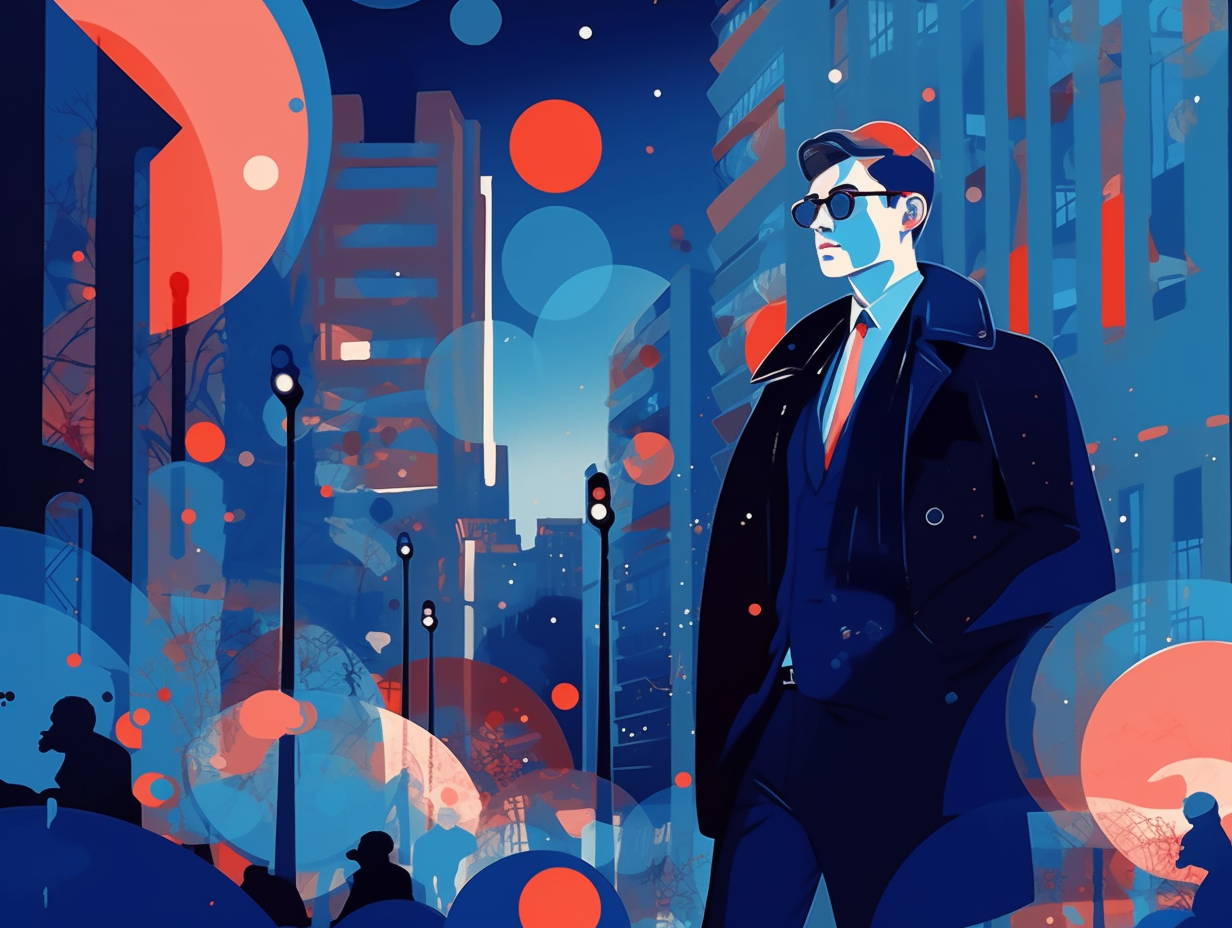
5. Blue's Calming Effects
Feeling a little blue? Embrace it, Picasso: The color blue is known to calm the mind and body, reduce stress, and increase productivity in the workplace – with a University of Texas study showing that blue and green hues prove more effective than white and red combinations. Not only that, but this cool color can also stimulate the brain and spark creativity, making it a fabulously serene sidekick for innovative thinkers who need a stress-free zone to focus.
Source => corporatesuites.com
6. Prussian Blue Accident
Once upon a time in the artsy realm of Berlin, a lost alchemist named Johann Jacob Diesbach was on an epic quest for red dye but ended up turning heads with a "blue-tiful" creation instead: This master paint-maker stumbled upon the groundbreaking Prussian blue pigment in the early 18th century, not by chasing down synthetic red dye legends, but by accidentally mixing his ingredients with a sneaky, contaminated potash. And thus, artistic reinvention was born with this new, stable, and affordable blue hue – saving artists from the costly clutches of lapis lazuli but still painting the town, well, blue!
Source => en.wikipedia.org
7. World's Favorite Color
Feeling blue never felt so good, and the world seems to agree: According to a YouGov survey, blue takes the crown as the planet's favorite color, even getting shoutouts from Geoffrey Chaucer in the 1300s. This royal hue might just be the key to improving productivity and reducing blood pressure – so, next time you need a pick-me-up, don't be afraid to dive into a sea of azure!
Source => writingexplained.org
8. Bluebirds' Symbolism
Who knew bluebirds were such party animals, bringing hope, enlightenment, and even singing enchanting tunes: These vibrant creatures represent hope in Russian culture, a messenger of knowledge for the Shang Dynasty, and the herald of new beginnings for Native Americans, who also hung dry gourds to invite their pleasant melodies near their settlements.
Source => livehappy.com
9. Picasso's Blue Period
Feeling blue, Picasso? It seems the iconic painter Pablo Picasso had his own "blue Monday" (or perhaps a few years' worth), painting the town azure and sapphire with his somber brushstrokes: The Blue Period is marked by Picasso's frequent use of blues to express sadness, depression, and deeper symbolism such as night, evil, and death, as seen in the painting Melancholy Woman, which portrays a prisoner consumed by emotional captivity.
Source => focusonpicasso.com

10. Blue Moons and Volcanoes
When the moon starts feeling blue, it headbangs to the volcanic tunes of Krakatoa or Mount St. Helens: A blue moon isn't literally blue, but rather the second full moon in a month or the third in a season with four full moons. Nevertheless, volcanic eruptions can cause the moon to appear blue in color due to unique atmospheric conditions.
Source => space.com
11. Restaurant Décor Trick
Feeling blue at mealtime? It turns out, you're not alone, and restaurants are cashing in on it: Blue décor is favored in eateries because it enhances red foods, offers a sense of spaciousness, and can lower overall food consumption due to its elusive and potentially poisonous history in nature.
Source => people.vcu.edu
Related Fun Facts

